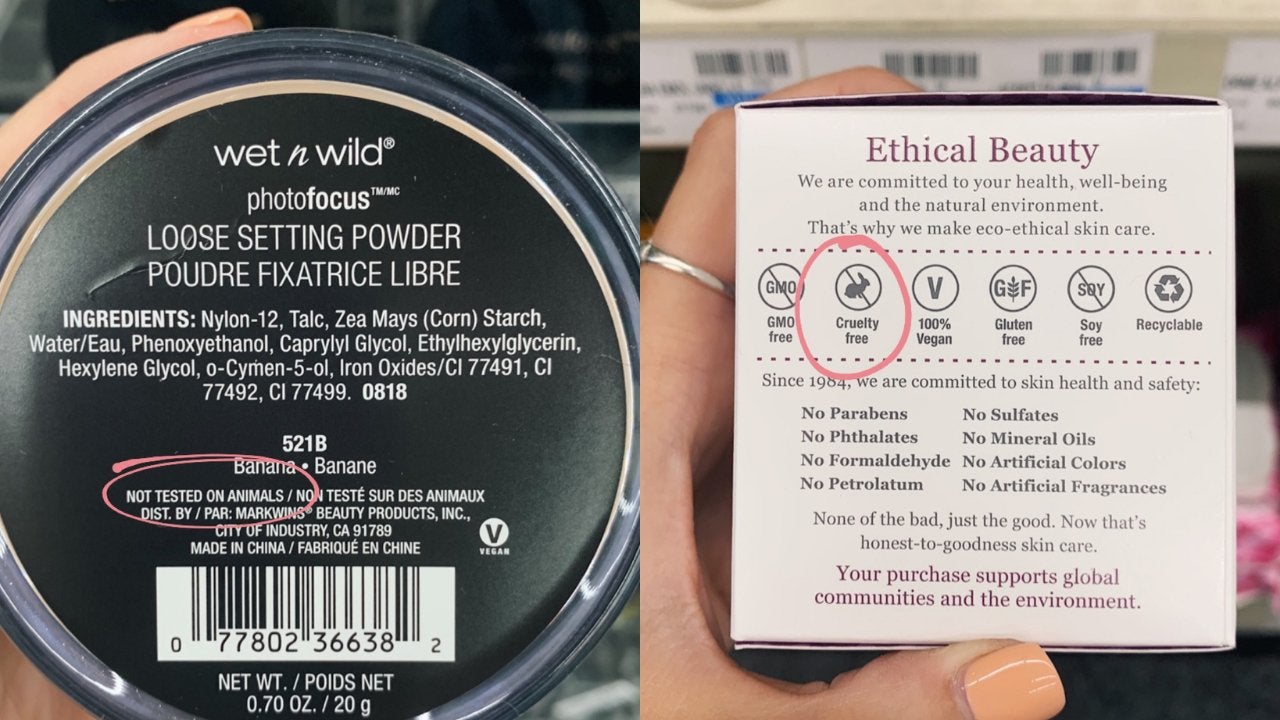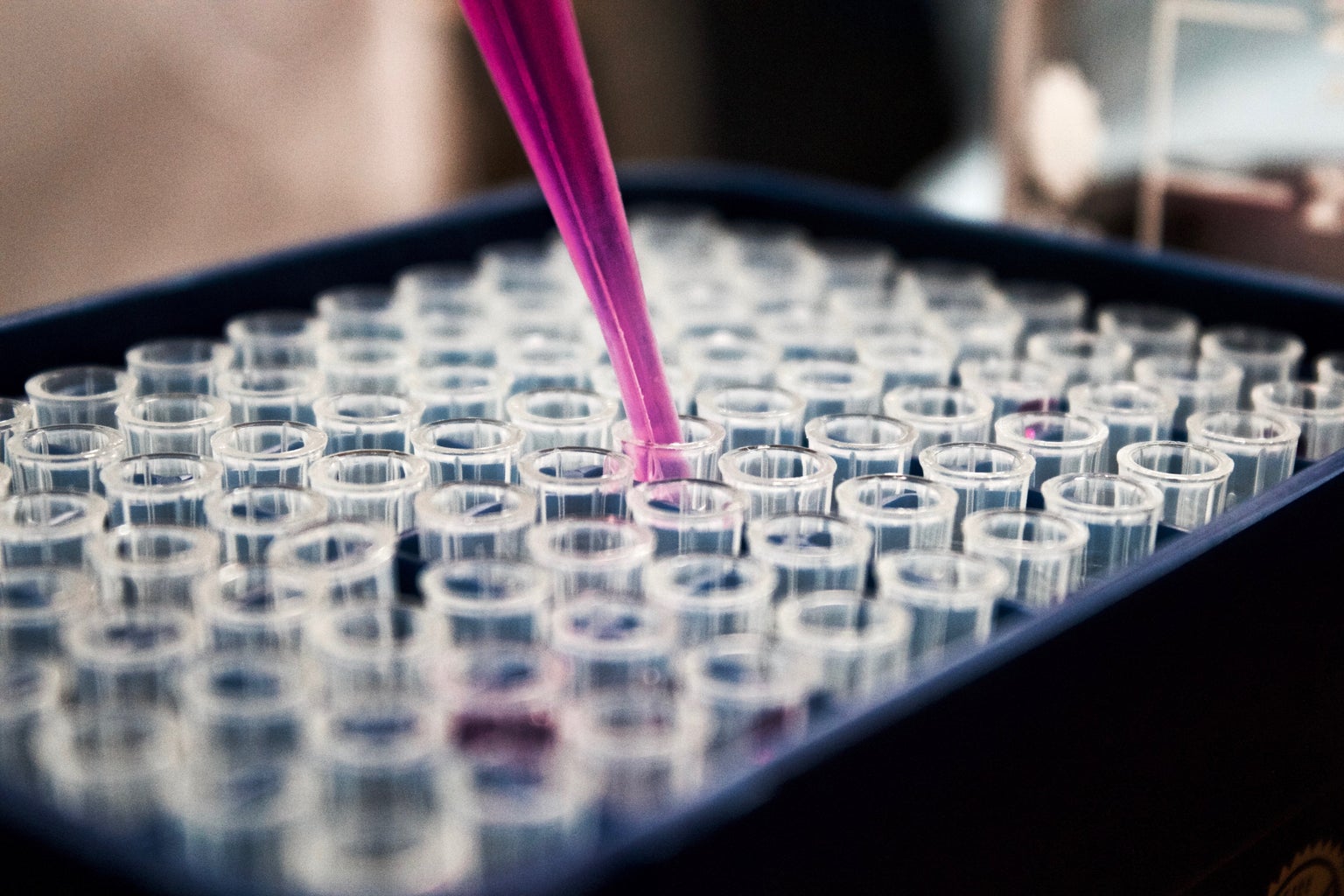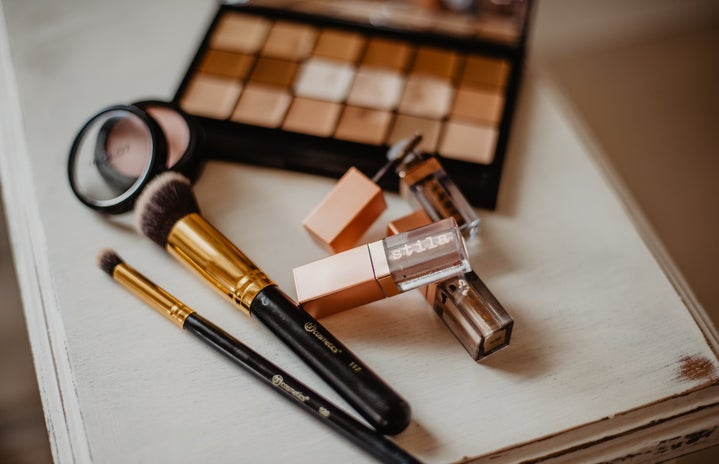When I hear the phrase “cruelty-free” or that a product “hasn’t been tested on animals,” I honestly have never thought that deeply about the meaning behind it. If I’m being completely transparent, whenever I heard either of those terms I honestly pictured companies just applying makeup to animals in order to test its safety and make sure no rashes or allergic reactions occurred.
In the past couple of years, there has been a rise in sustainable shopping practices and more eco-friendly consciousness with a larger push for buying cruelty-free products.

But what does it really mean for a product to be “cruelty-free?”
There’s no standard legal definition for the term, although many brands and organizations use several meanings such as “Neither the ingredients nor the products have ever been tested on animals, and the companies involved have not harmed nor slaughtered any animals” and “The brand only uses animal testing when it’s required by law as part of expanding into foreign markets.”
If you’re like me and know very little about the animal testing industry, then the word “slaughter” might’ve stood out to you. I hate to report that animal testing is not applying makeup to see what happens. In reality, the testing process is quite cruel and inhumane.
According to the Humane Society of the U.S., some examples of animal testing include (this might be disturbing to some so read with caution):
-
Skin and eye irritation tests where chemicals are rubbed onto the shaved skin or dripped into the eyes of restrained rabbits without any pain relief.
-
Tests that deliver doses of chemical substances to mice through repeated force-feeding. These tests last weeks or months so researchers can look for signs of general illness or specific health hazards such as cancer or birth defects.
-
Widely condemned “lethal dose” tests, in which rats are forced to swallow large amounts of chemicals to determine the dose that causes death.
These tests are conducted without any type of pain medication or healing process, and the animals are then killed at the end (if they haven’t already succumbed to the testing already). And no, the method of killing is not in any way pain-free or humane. As someone who adores animals, I couldn’t imagine how this kind of treatment could ever be allowed.

However, there are some laws to try and keep boundaries with testing animals. To ensure cosmetic safety and proper labeling, the FDA enforces the Federal Food, Drug, and Cosmetic Act (FD&C Act). This act doesn’t require animal testing in cosmetics for safety, but advises cosmetic manufacturers to use whatever testing is necessary to ensure the safety of their products. There is also the Animal Welfare Act that was ruled into law in 1966 and requires that minimum standards of care and treatment be provided for certain animals bred for commercial sale, used in research, transported commercially, or exhibited to the public. Another set of standards is known as the Public Health Service Policy on Humane Care and Use of Laboratory Animals (2015). This policy requires institutions to establish and maintain proper measures to ensure the appropriate care and use of all animals involved in research, research training, and biological testing conducted or supported by the United States federal government.
This information is incredibly disturbing, knowing that a lot of the products I have probably used in the past contributed to the torture and slaughter of innocent animals. And as disturbing as it is, that’s why it’s even more important to understand the meaning behind the term “cruelty-free” as sustainable shopping practices continue to rise. For a while, my perspective on the advertising of “cruelty-free” products seemed more like a trend and even an elite product since the prices for these products were usually higher.
I urge you, whether you knew any of this before or not, to highly consider focusing on buying products that do have labels for being “cruelty-free” and “not tested on animals” because the extra couple of dollars are worth it if it means that one day that business will be barely surviving in comparison to more sustainable brands and organizations.



